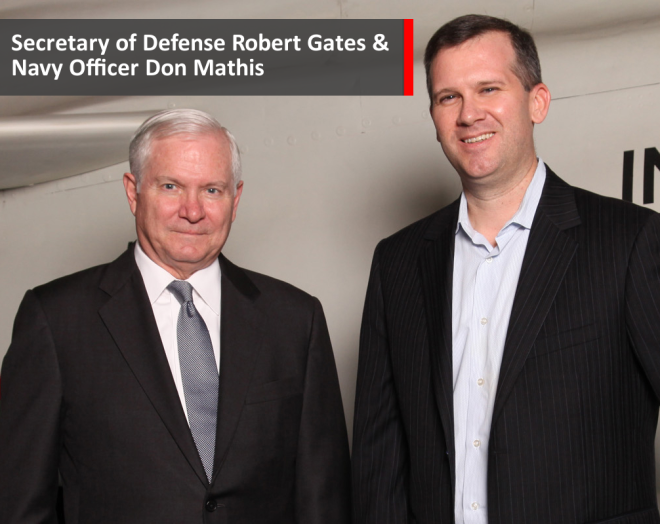For the last few years, the venture capital and start-up community have exhaustively explored the idea that there is a “Series A crunch”. Opinions differ – sometimes sharply – on the topic.
As Inc. magazine described it:
It goes like this: After slogging through six months to a year of frenzied product development and user testing, seed-funded tech start-ups are fatally hitting a wall — the million to several million dollars in VC funding they need to scale up their cool new services is nowhere to be found. The result is the cruel and needless throttling of a vast stream of promising fledgling companies down to a mere trickle of survivors. Share of seed-funded companies that won’t be able to get follow-on funding: 61%.

In mid-2014, William Hsu of Mucker Capital wrote in re/code: “the distance between that “eureka” moment when an entrepreneur has an idea, to getting funded by a seed-stageinstitutional VC, has become the valley of death — littered with companies that just simply could not get off the ground with little fanfare, attention, or data.”
With 2014 being a massive year for tech M&A, some of the Series A crunch concerns have been alleviated by the availability of early stage “acqui-hire” exits; as Jacob Mullins notes in Business Insider, “Google, Facebook, and Twitter cut the path for the acqui-hire and eased the Series A crunch.”
So maybe there is no crunch, or if there is, it isn’t the horrific “valley of death” that some believe. But crunch or no, from my experience it is certainly difficult.
My company, Kinetic Social, raised its Series A in May, 2013 – a combination of equity and venture debt. We raised our Series B in early 2014, all equity and substantially larger ($18 million versus $8 million). And yet, while both were challenging, the Series A was definitely the harder raise.
Why? In our case, there were at least three significant challenges to surmount:
- We were out raising money from entirely new investors, pitching our company to venture investors who had barely heard of us.
- We were operating in a sector (paid social advertising) that was largely unproven at that time.
- We operated in a crowded industry segment with literally dozens of companies (50+ in our space) that had some form of seed or early stage capital… and some that were further along than that. As AdExchanger’s Zach Rogers puts it: “To many, it seems the landscape of social ad buying platforms has been rapidly commoditized … But Kinetic is betting that it’s early innings for social marketing, and that the winners will bring special-sauce optimization to multiple APIs.”
 We were indeed betting on the “early innings” concept Zach suggested. Moreover, we were convinced: 1) what we had already built at Kinetic would command an investment from a smart venture capital firm; and 2) Kinetic would stand out from the pack with a clearly differentiated product and solution. In effect, we were going to market to ask (new) investors to pick us as the likely winners in our crowded space.
We were indeed betting on the “early innings” concept Zach suggested. Moreover, we were convinced: 1) what we had already built at Kinetic would command an investment from a smart venture capital firm; and 2) Kinetic would stand out from the pack with a clearly differentiated product and solution. In effect, we were going to market to ask (new) investors to pick us as the likely winners in our crowded space.
Fortunately, it worked. But it wasn’t easy. We contacted about 60 firms, pitched to 30 or so, and ended up with three term sheets – all in roughly one year’s time. Our conviction got us through the process – we believed we were on to something substantial. The combination of a talented team and a strong market opportunity propelled us to realize our vision.
It also helped – a lot – that the market for our services began to shift in our direction. In particular, social media advertising began to evolve from being a primarily earned (free) media model to a primarily paid advertising model. And while we weren’t surprised, we spent a long time in 2012 and early 2013 hoping the pace of this change would accelerate. We began to see it in early 2013 – it’s no coincidence that we closed the Series A shortly thereafter.
Bottom line? The Series A is hard, but raising it simply means you must prove that you have something real. Once you do this, once you prove that there is a bona fide market opportunity for your idea, there is smart capital out there to back your enterprise.
Follow Don on Twitter @KineticDHM /// Connect with Don on Google+
Don Mathis is the CEO and Co-Founder of Kinetic Social, a social data and technology company focused on making sense of the world’s social signal. He also serves in the US Navy on reserve duty, where he is an Expeditionary Combat Logistics & Anti-Terrorism Officer.


















